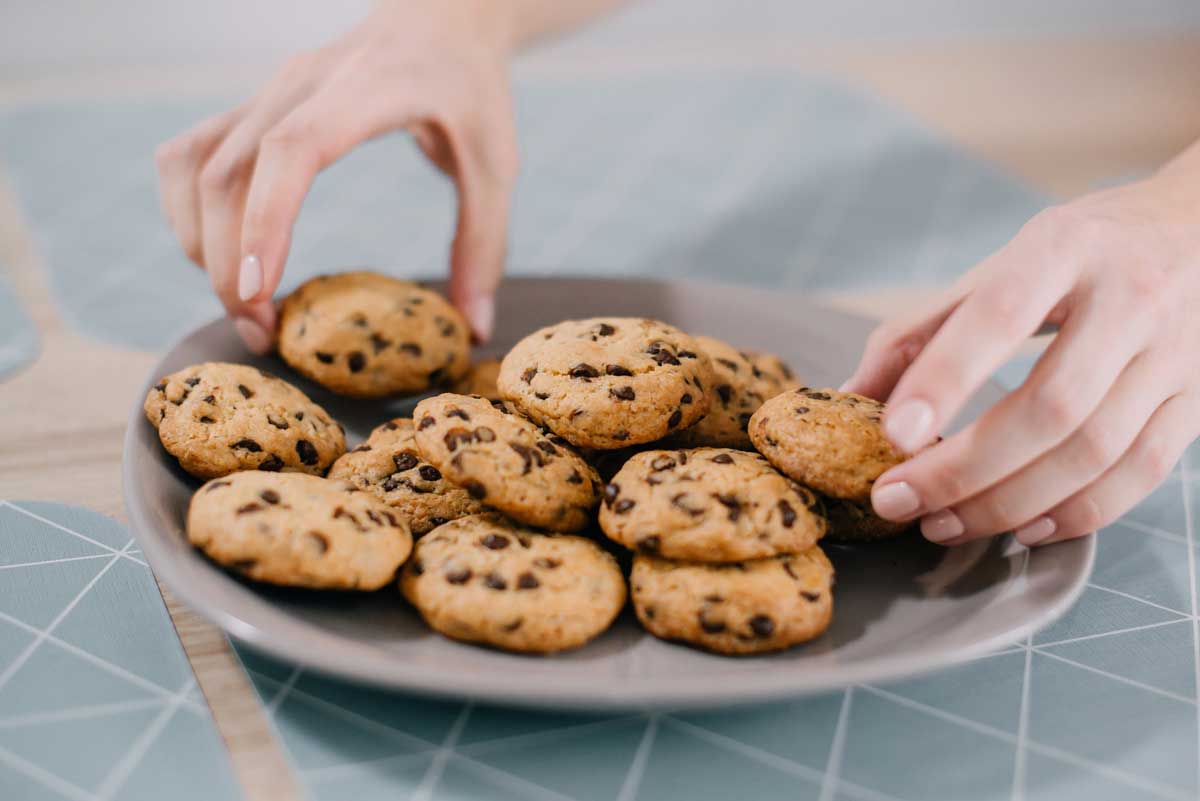Moving into the second half of 2020 and beyond, everything will be different. Coronavirus (COVID-19) has impacted almost every global market. For consumer trends, there’s now a pre- and post-pandemic caveat with March as the turning point, especially when it comes to snacking.
Overall, recent data from IRI indicates that snacks are no longer assigned to a specific day part, and consumers have been increasing their snacking occasions. On the average, US consumers are eating 2.6 snacks a day, with 42% reporting they consume more than three per day. Additionally, 44% of consumers said they often ate snacks instead of meals at home and at work. That was pre-COVID-19.
Post-COVID-19, those numbers point to a big opportunity. Sally Lyons Wyatt, executive vice president and practice leader, client insights, for IRI said snack companies need to act now to capitalize on the potential growth in the category.
“All coronavirus has done is made the trends that were already redefining snacking even more important,” Ms. Lyons Wyatt said.
The market was seeing strong growth going into the pandemic. IRI research indicated core items like salty snacks showed 4.7% dollar growth in the 52-weeks ending June 16, 2019, and ended the year with more than $19.2 billion in sales.
Ms. Lyons Wyatt recommended that snack companies balance price with quality and wellness attributes to capitalize on growing interest during and after the COVID-19 pandemic. She also advised leveraging targeted media to reach consumers in their homes and develop online strategies to attract and retain snack consumers.
Learning from the past
One of the best ways to predict the future is to look at the past. While nothing quite compares to COVID-19, there are clues that can be gleaned from previous periods of economic hardship.
Ms. Lyons Wyatt noted that data recorded during and after the 2008 recession can provide context for today. IRI’s “State of the Snack Industry” report in 2009 emphasized that value was key, and that snack companies needed to reach consumers at home. Back then, the advice was to align strategies with new consumer rituals.
 “These are relevant again, so deepen your connections with consumers now,” she said.
“These are relevant again, so deepen your connections with consumers now,” she said.
Ms. Lyons Wyatt identified three critical factors that snack producers must consider, just as they did more than a decade ago. The first is price. IRI data shows that in 2019, 72% of survey respondents — an increase of 4% over two years — said they look at price before choosing a snack.
Research from Nielsen supports this theory. A survey from 2019 showed that 75% of US respondents said they believe it’s important to always get the best price on a product, and one-third will prioritize price when it comes to what they consume over the next five years. And that was before COVID-19.
The next critical factor, Ms. Lyons Wyatt said, is broad family appeal. Together with price, this was a major driver for consumers during the recession. “In 2009, when I talked to consumers, price along with broad appeal to more people in the household had 81% of shoppers citing that these were important considerations when determining the affordability of a product,” she explained.
The third is taste, and it can’t be ignored either.
“You can have a product priced right, but if it doesn’t taste good, then the repeat purchase won’t happen,”
Ms. Lyons Wyatt warned. “Too many products on the market today fit the needs of consumers and also taste good, so the bar is high for taste.”
Channeling growth during COVID-19
The final weeks of February and the entire month of March saw a dramatic swing in the market as consumers flocked to stores and stocked up on essentials.
According to Nielsen data from the week ending Feb. 22, two of the highest performing consumer packaged foods were fruit snacks and pretzels, which saw 12.6% and 9% growth in dollar sales, respectively.
In a March interview with CNBC, Mark Clouse, chief executive officer, Campbell Soup Co., Camden, NJ, said sales of Goldfish climbed more than 20% in the four-week period ending March 21.
"All coronavirus has done is made the trends that were already redefining snacking even more important.”
Sally Lyons Wyatt, IRI
“As you have more people eating in home — including lunches where a lot of our products play a very important role — you’re seeing the sustainment of that demand now over time, and it’s not isolated to any particular part of the country and even across our entire portfolio,” he said.
Mr. Clouse emphasized that the strategy now is to produce and distribute food safely and quickly.
“That is the priority today as we focus on the things that I think matter most,” he said. “But, what I will say is as we look forward and we start to understand what the world might look like beyond this crisis or even if it’s sustained over a period of time, I do think that we’ll find that our products have been utilized in homes in ways that they may not have been in the past.
IRI data shows that there was consistent growth across the board for core snack products during the month of March. To calculate the increase, IRI subtracted the 2019 volume sales change from the sales data collected from Jan. 20 to Mar. 15. The results showed that potato chips saw a 4.5% bump in volume sales. Tortilla chips increased 5% in volume sales. Crackers rose 12.3%, and snack nuts jumped 4%.
And although core snack sales rose 3% in 2019 vs. 2018, Ms. Lyons Wyatt attributed most of that growth to price increases because volume sales were down 0.3% in 2019. The top performers last year were tortilla chips, which grew 4.7%, other salted snacks, up 7%, and potato chips, up 2.4% in dollar sales. But things may change in today’s morphing landscape.

“It will be important to continue driving unit growth during post-COVID because we can’t rely on price increases as we did before,” she said.
Ms. Lyons Wyatt predicted that snacking will see increased sales through the COVID-19 recovery and into the recession period. She said snack companies may lose traditional impulse purchases because more people are ordering online and avoiding stores. She said they may also switch to private-label snacks because of their value proposition. She advised snack companies to make brands more available online and communicate the shift to consumers.
Tom Rees, food and nutrition industry manager at Euromonitor International, said focusing on the e-commerce channel for growth in 2020 will be key.
“Targeting consumers who have experienced the advantages of e-commerce during the outbreak will allow producers to push a greater diversity of snack options and more indulgent lines than store-based outlets, accelerating momentum in this channel, which has so far shown moderate growth,” Mr. Rees said.
Even with an increase in online purchasing, Ms. Lyons Wyatt said snack companies should determine which channel is best for them. That’s because mass market stores, value stores and club stores should also see a continued boost in sales through COVID-19. Already in the United States, core snack sales in mass merchandisers grew 3.3% between January and March, while snack sales in club stores grew 10.5%. Ms. Lyons Wyatt said these channels will be big drivers of growth because of their value propositions.
This article is an excerpt from the May 2020 issue of Baking & Snack. To read the entire feature on snack trends, click here.





